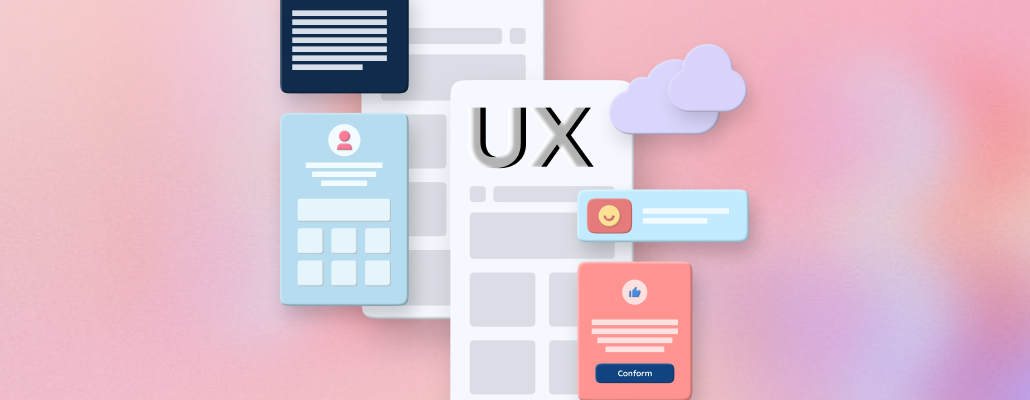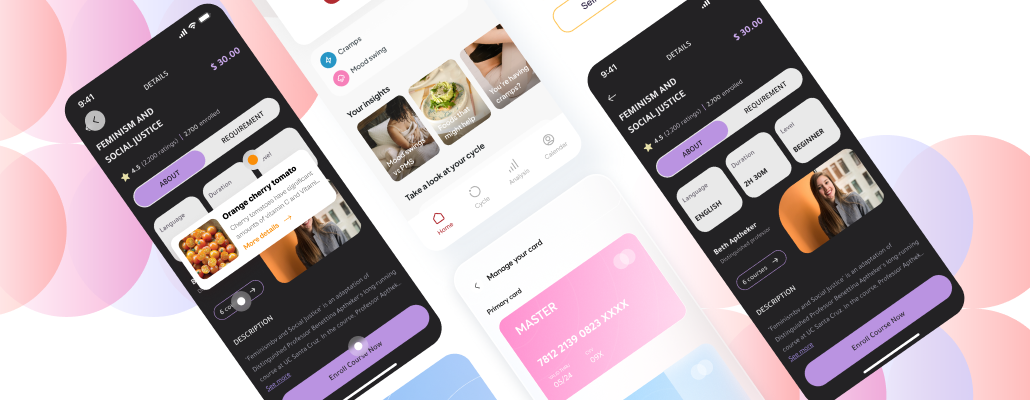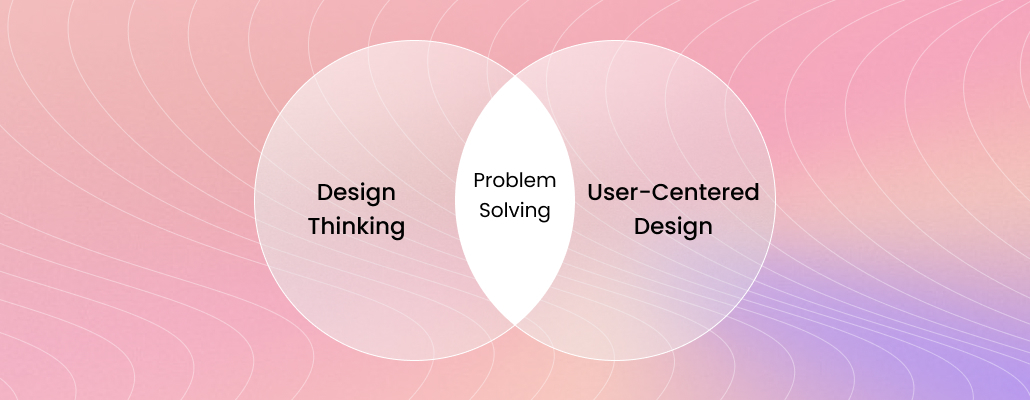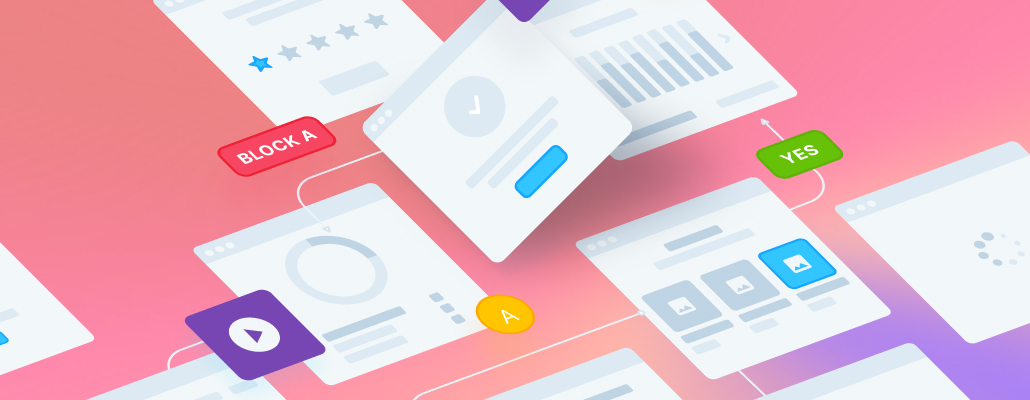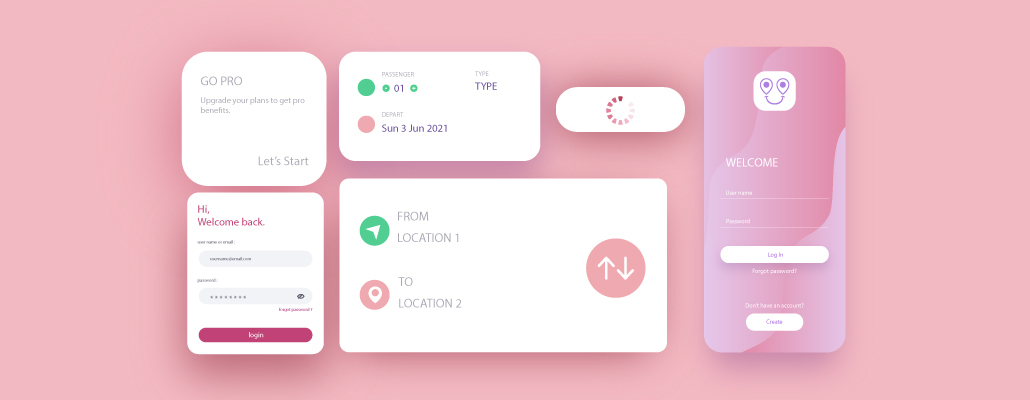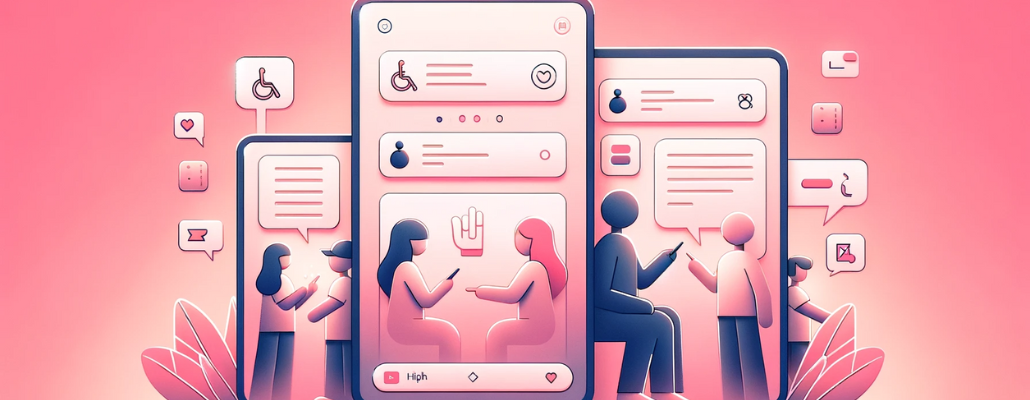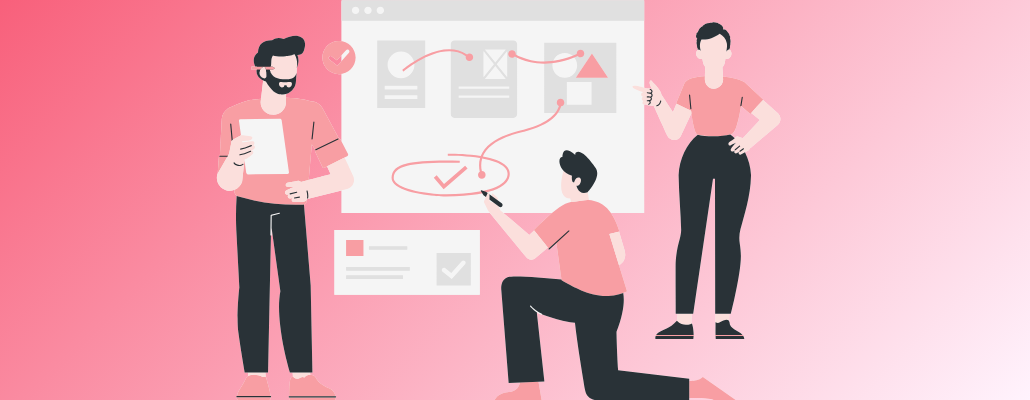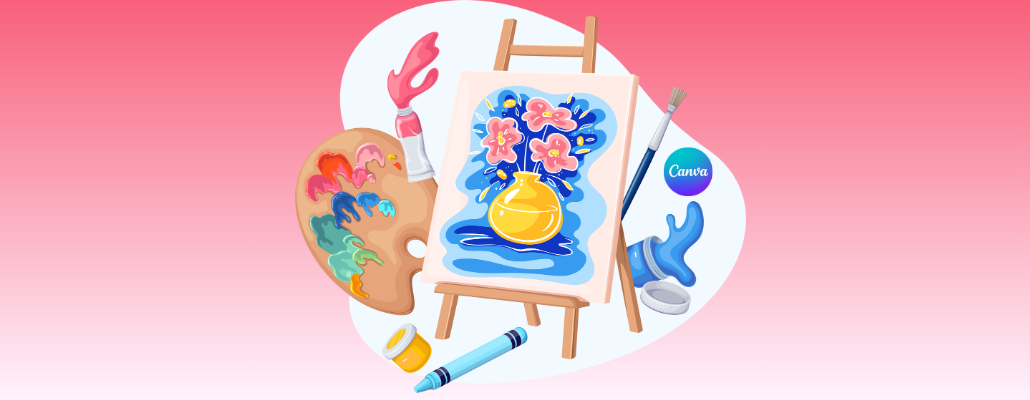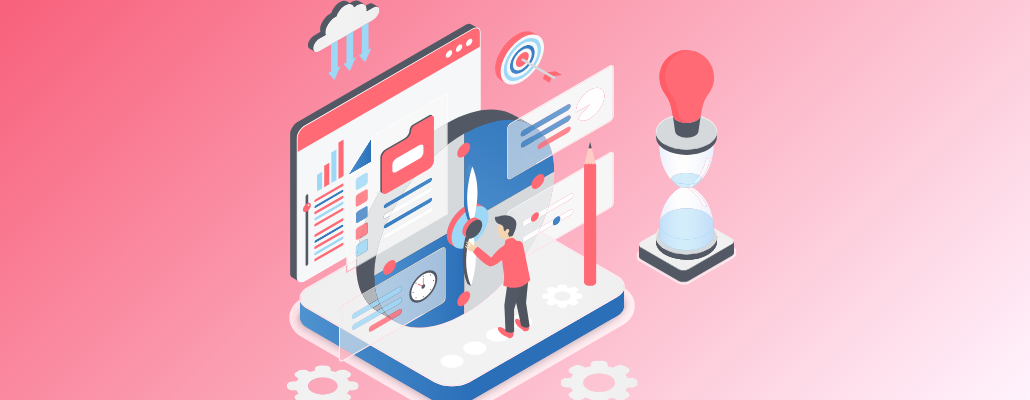Prototyping: Turning Ideas into Tangible Products
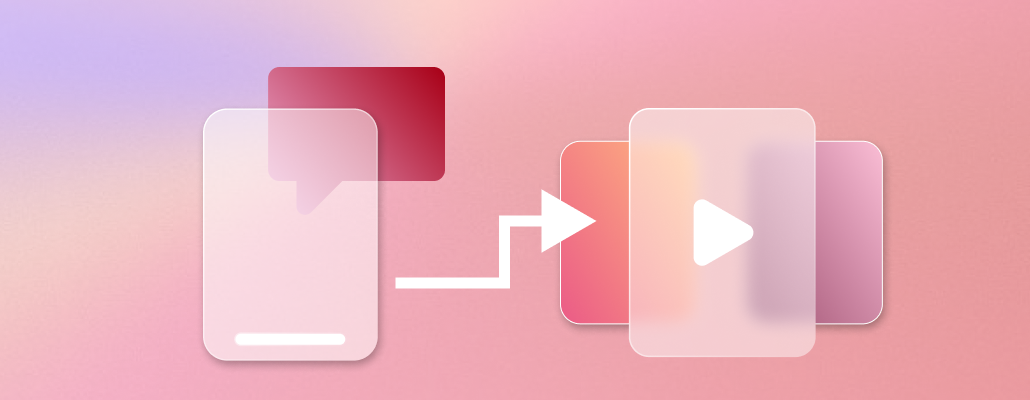
In the world of product development, turning abstract concepts into tangible, market-ready products is a complex and vital process. It is an essential phase in product development if you create physical products or software applications. However, it involves creating a preliminary model or representation of your final product to test and validate ideas, gather feedback, and identify potential improvements before moving forward with full-scale production or development.
Hence, prototyping ideas bridges creativity and the final product, offering a hands-on approach to test and refine ideas before full-scale production. In this blog, we explore the significance of prototyping in the product development cycle, its key benefits, and the various prototyping methods employed to bring ideas to life.
The Importance of Prototyping:
1. Visualization and Concept Validation:
Prototyping methods transform ideas from sketches or concepts into something tangible. It allows stakeholders to visualize the product in 3D, providing a clearer understanding of its form, functionality, and aesthetics. However, this accurate representation results in validating whether the envisioned outcome aligns with the initial concept.
2. User Feedback Integration:
Early user feedback is invaluable in refining a product. Prototypes enable developers to gather insights from potential users before investing substantial resources in mass production. However, this feedback loop helps identify potential issues, preferences, and improvements, ensuring the final product is better aligned with customer needs.
3. Risk Mitigation:
Prototyping serves as a risk mitigation strategy by uncovering design flaws or technical challenges early in development. Identifying and addressing issues at this stage can save significant time and, hence, resources that would otherwise be spent on rectifying problems after mass production has begun.
4. Cost-Efficient Iteration:
Prototyping allows for cost-efficient adjustments and refinements. However, making changes to a prototype is considerably more economical than modifying molds or tooling used in mass production. Hence. this flexibility facilitates a more agile development process, reducing the financial impact of design changes.
5. Enhanced Communication:
Prototypes provide a tangible reference point for communication among team members, stakeholders, and investors. Rather than relying only on abstract descriptions, a physical or digital prototype allows for a more precise transmission of ideas, fostering a shared understanding of the intended product.
Prototyping Methods:
1. Paper Prototypes:
In the early stages of development, paper prototypes are a quick and low-cost method to sketch out the primary user interface and functionality. Hence, these sketches can be tested with potential users to gather initial feedback on the product's usability and design.
2. 3D Printing:
It has revolutionized prototyping by enabling the creation of detailed physical models directly from digital designs. However, this method is beneficial for assessing the form and fit of a product. Hence, it allows for rapid iterations and adjustments based on real-world testing.
3. Wireframes and Mockups:
Digital prototypes, such as wireframes and mockups, provide a visual representation of the product's user interface and design. However, these can be interactive, allowing stakeholders to navigate through the proposed features and functionalities, offering a realistic preview of the final product.
4. Functional Prototypes:
For products with complex mechanics or electronics, functional prototypes are essential. However, these prototypes go beyond visual representation and incorporate working components to demonstrate the product's actual functionality. Hence, this method is necessary for testing technical feasibility and performance.
5. Virtual Reality Prototyping:
Advancements in virtual reality technology have introduced the concept of virtual prototyping. This method allows developers to create immersive, interactive simulations of the product. Hence, virtual reality prototyping is particularly beneficial for products with extensive user interactions, providing a realistic experience for testing and refinement.
Conclusion
Prototyping is the catalyst that transforms imaginative concepts into tangible, market-ready products. Prototypes facilitate concept validation, user feedback integration, and risk mitigation by offering a visual and functional representation of ideas. However, the diverse array of prototyping methods, from traditional paper sketches to cutting-edge virtual reality simulations, provides developers with the tools to navigate the complex landscape of product development efficiently.
In a fast-paced and competitive market, the ability to iterate quickly and make informed decisions early in the development process is a distinct advantage. Hence, Prototyping ideas empowers innovators to turn their ideas into reality, ensuring that the final product not only meets but exceeds the expectations of both creators and consumers alike. For more prototyping ideas, read our latest blogs and updates.
